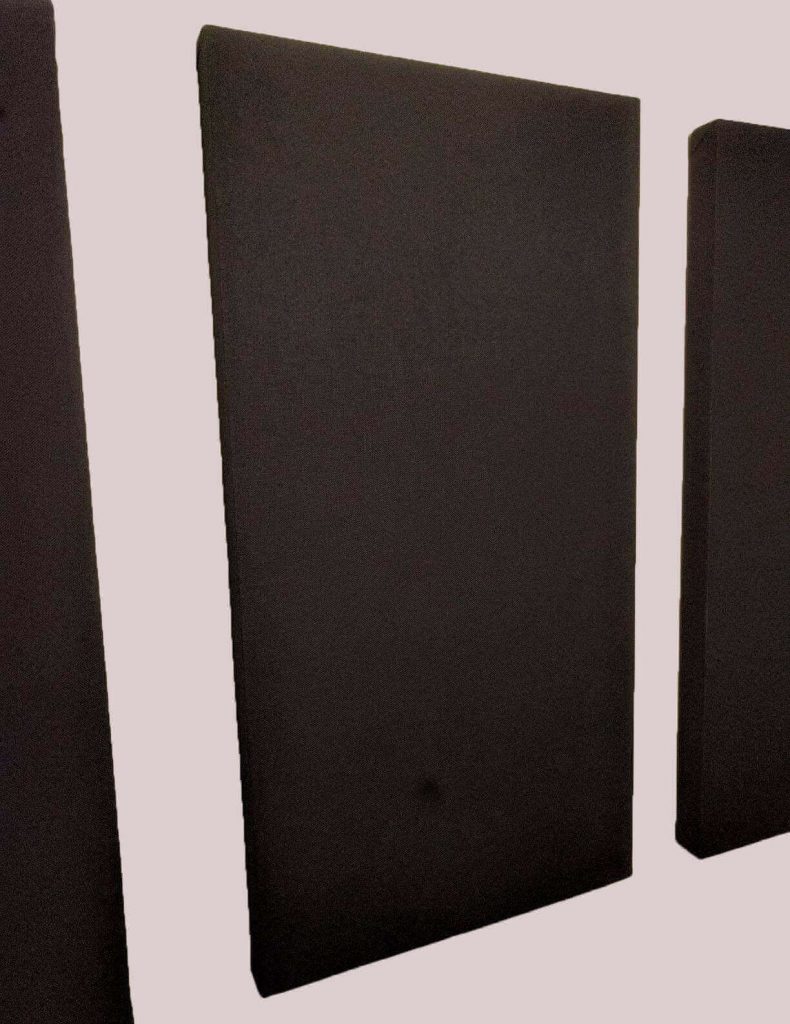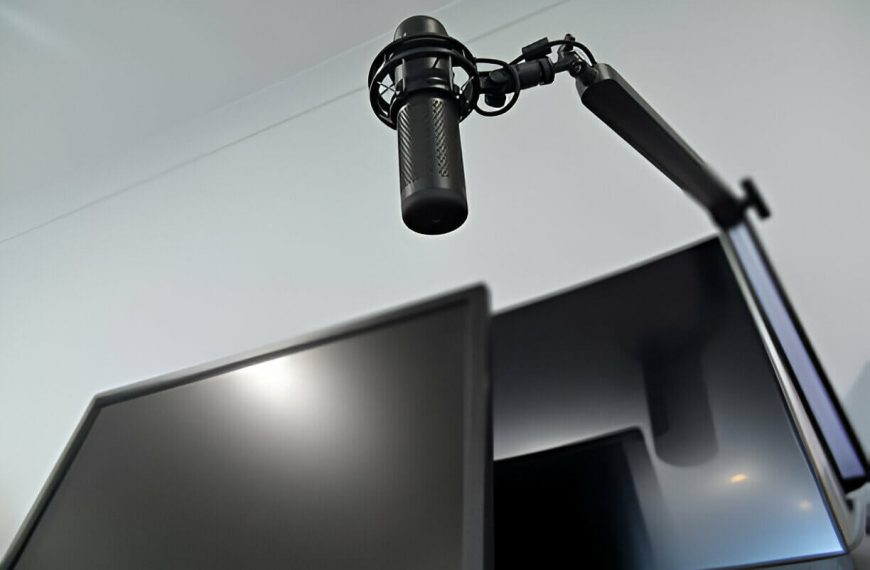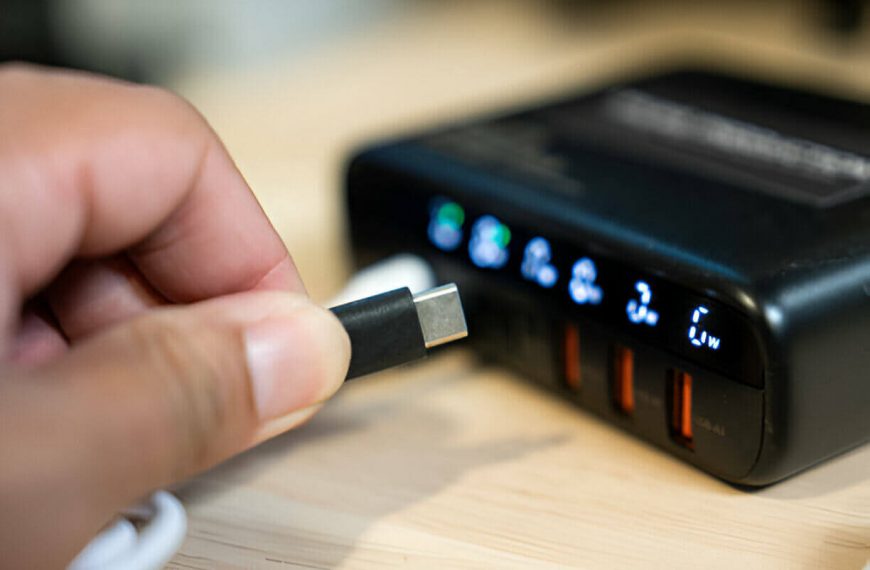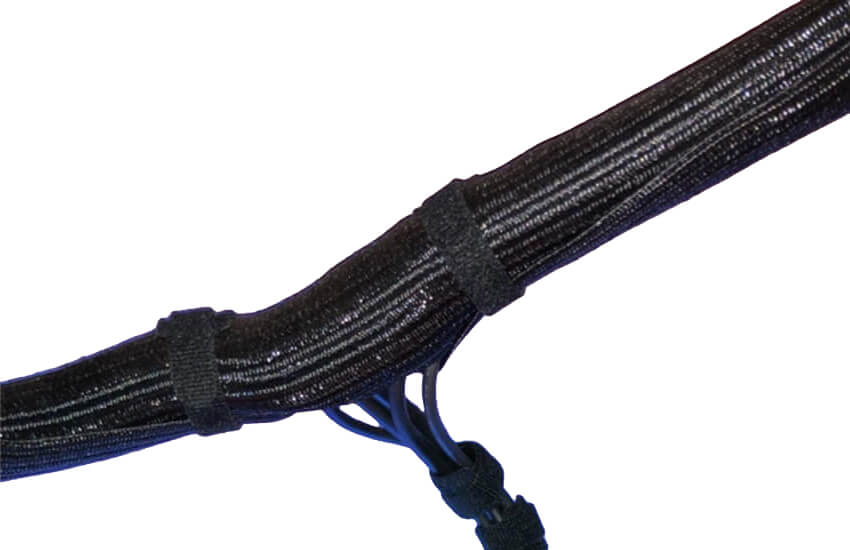Let’s be honest. Most rooms sound terrible. Claps echo. Bass booms. Zoom calls feel like they’re in a tunnel. You’ve probably seen Owens Corning 703 listed as the go-to fix. But does it live up to the hype?
I grabbed a 6-pack, tested it extensively, and here’s the breakdown.
First Impressions
Holding a panel, you notice it’s solid but not stiff. A decent balance. It stays square. Edges are clean but slightly itchy—get gloves. Weighs enough to stay put, light enough to install solo.

Specs That Matter
- Size: 24″×48″
- Thickness: 2″
- Density: ~3 lb/ft³
- NRC: 1.0 (top tier)
- Thermal R‑Value: ~8.7
- Fire Rating: Class A per ASTM E84
- Eco-friendly—made with recycled glass
Great at soaking up sound, decent at insulating, and won’t turn your room into a fire hazard.
Acoustic Performance
Mid/High Frequencies
I mounted four panels behind my desk. Clap them once and the echo vanished. My voice recorded cleaner. It smooths sound without killing liveliness. Think concert hall, not coffin.
Low Frequencies
Bass tones still roam unless you build corner traps or thicker panels. Two inches help a bit, but serious bass control means stacking or adding bass traps.
Thermal & Fire Safety
In a test behind my home theater wall, room temps dipped by roughly 3°F on cold nights. It’s moderate insulation, not a heat shield. Fire-safe rating is a solid plus around electronics.
Installation Tips
Cutting is easy—box cutter or utility knife does the job. Wear gloves and mask. I built wooden frames, wrapped them in breathable fabric, and mounted with screws. Alternatives? Adhesive or clips, depending on your setup.
Use Cases
- Home offices: improves Zoom acoustics instantly
- Home theaters: tames reflections with ease
- DIY studios: cost-effective pro-level material
- HVAC + mechanical rooms: cuts system hum
- Workshops: controls echo from tools
Pros
- Maximum mid/high frequency absorption
- Adds thermal insulation and fire safety
- Semi-rigid—easy to cut and mount
- Professional-grade at a fair price
Cons
- Needs pairing for bass control
- Fiberglass dust requires sealing
- Needs framing for a polished look
Comparison Highlights
Foam panels look sleek but fall short acoustically.
Rockwool is cheaper and softer but sheds more and lacks rigidity.
OC 703 hits the sweet spot—sturdy, high-performing, studio staple.
What Others Say
Users rave about cleaner mixes, quieter rooms, and protection against HVAC rattles. One redditor noted OC 703 outperforms Rockwool in consistency. Forum voices call it the “studio essential material.”
Final Verdict
Owens Corning 703 doesn’t pretend to be flashy or fun. It tackles echoes, offers modest insulation, and stays fire-safe. You’ll need gloves, some muscle, and maybe frames. But once up, your space changes—sound straightens out and clarity improves. It’s simple tech that works exactly as promised.












